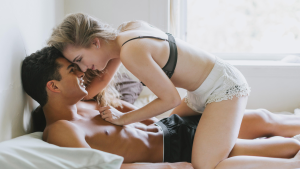
Recognizing Online Scams
Cybercriminals might contact you through email, text, phone calls, or social media, often pretending to be someone or an organization you trust. In the past, scams were easier to spot due to poor spelling, unusual email addresses, or strange designs. However, scams are becoming more sophisticated and can sometimes even trick experts. Do check Is this email a scam?
One common trick is using QR codes in phishing emails to direct you to scam websites. While QR codes are generally safe to use in places like restaurants, be cautious about scanning them in emails.
How to Identify Scam Messages or Calls
Scammers aim to quickly gain your trust and pressure you into acting without thinking. If you suspect a message or call, pause, break contact, and examine the language. Scams often have these signs:
- Authority: Does the message claim to be from an official source like your bank, doctor, lawyer, or government department? Scammers frequently impersonate significant individuals or organizations to manipulate you into complying with their demands.
- Urgency: Are you told you must respond quickly, like ‘within 24 hours’ or ‘immediately’? Scammers often use threats of fines or other negative consequences to rush you.
- Emotion: Does the message make you feel panicked, scared, hopeful, or curious? Scammers use emotional language, false support claims, or tease information to provoke a quick response.
- Scarcity: Does the message offer something rare, like concert tickets, money, or a medical cure? Fear of missing out on a deal or opportunity can prompt a hasty reaction.
- Current Events: Are you expecting this message? Scammers exploit current news stories, big events, or specific times of the year (like tax season) to make their scams seem more relevant.
How to Check If a Message Is Genuine

If you have doubts about a message, contact the organization directly using information from their official website, not the details provided in the message. Remember, your bank or any other legitimate source will never ask for personal information via email or phone call. If you think someone is pretending to be from an official organization, hang up and call the organization using a verified number. Official contact details can often be found on paper statements or credit cards.
How to Report Suspicious Communications
If you receive a suspicious message, call, or visit a suspicious website, you should report it:
– Report a scam email.
– Report a scam text message.
– Report a scam website.
– Report a scam phone call.
– Report a scam advert.
By recognizing these signs and taking appropriate actions, you can protect yourself from falling victim to online scams. Always stay vigilant and report any suspicious activity to help prevent others from being scammed.







